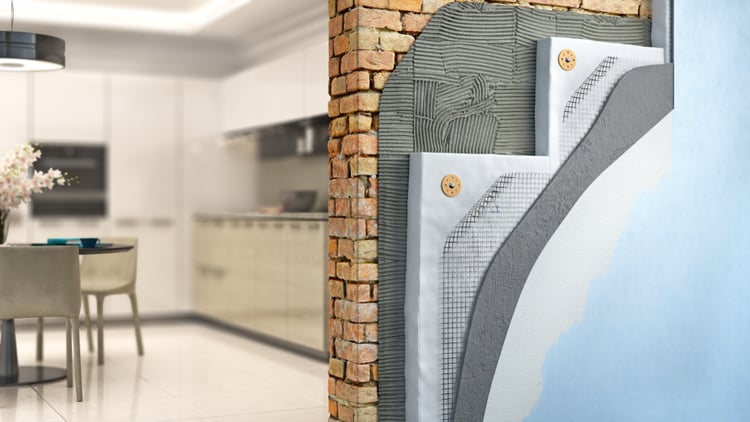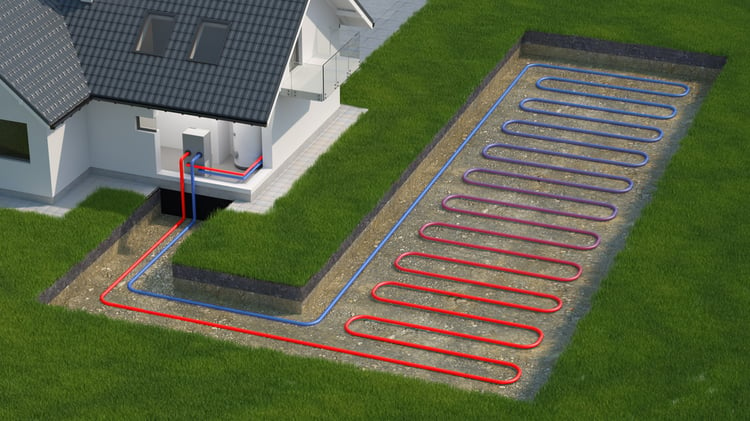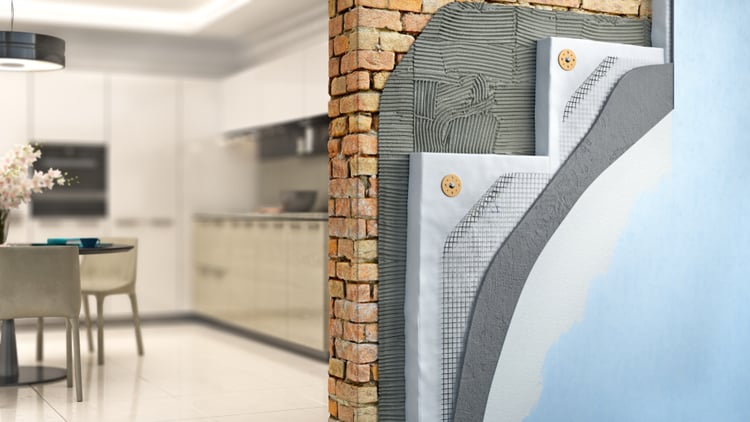As you may have read in the news and our previous blog post , New York City has enacted the introduction. No. 2,317-A, which prohibits space heating and gas hot water systems in new construction and major renovations. Specifically, the ban applies to all fuels that release more than 25 kg of carbon dioxide per million BTU, which also covers No. 2 and No. 4 fuel oil.
The new law applies to buildings with fewer than seven stories after December 31, 2023, and buildings with seven stories or more after July 1, 2027. If you are planning new construction or major renovations and your project is submitted after these dates, you will need an all-electric space heating and hot water design. Otherwise, the New York City Department of Buildings will simply reject your application unless your project falls under one of the Intro. 2317 exceptions.
Get an electric heat pump design for your building and reduce emissions.
As you can see from the latest data from the U.S. Energy Information Administration, New York has some of the highest electricity prices in the country. As developers will be forced to use electric heating in the near future, there are concerns about excessively high energy bills when the natural gas ban comes into force. However, there are some design strategies you can follow to heat a building with electricity while keeping your costs down, and we'll cover them in this article.
1) Obtain an airtight, well-insulated building envelope

Regardless of the energy source used by your heating system, an efficient building envelope will greatly reduce your operating costs. Your building will be able to retain internal heat more effectively during the winter, which means you will need fewer BTUs to maintain an adequate temperature. As your heating system handles a reduced workload, your energy bills go down.
If you want to have an efficient building envelope, there are two critical requirements:
- Suitable insulation for walls, roof structure, slabs, basement and any building elements exposed to the outside.
- Having an airtight construction, as air leaks represent a large loss of heat for your building. Even the best insulation becomes ineffective when there are multiple air leaks.
A well-insulated and airtight building will also reduce your energy bills during the summer, where it achieves the opposite effect. In this case, the building envelope acts as a barrier against heat gain from the outside, meaning your air conditioning system uses less energy.
Having a well-designed building envelope is the first step to reducing your HVAC costs throughout the year. Now this introduction. 2317 is banning fossil fuel heating for new buildings in New York, having an efficient envelope will be very important for owners and developers.
2) Use high-efficiency heat pumps for space heating and hot water

Considering the high kilowatt-hour prices in New York, electric resistance heating is not a viable option for building owners. Resistance heaters can only provide one unit of heat for every unit of electricity consumed, and you can expect a hefty energy bill if you use them for an entire winter. However, electric heat pumps can achieve the same output with a much smaller input.
- An air source heat pump (ASHP) can provide 2 to 4 units of heat for every unit of electricity consumed. This means that electricity consumption is reduced by 50% or more for a given workload.
- Water source and geothermal heat pumps are even more efficient and some designs can provide 6 units of heat per unit of electricity consumed. This results in energy savings of over 80%.
The initial cost of a space heating system with electric heat pumps can be high, especially in a large building. However, these systems can often benefit from financial incentives and low-interest loans. This means that building owners can install them with zero upfront cost and the loan is then repaid with the energy savings realized over time. For example, some C-PACE Loans come with interest rates of less than 5% and repayment terms of up to 30 years.
3) Generate your own electricity on-site, solar panels or other renewable energy systems

By combining an efficient building envelope and efficient heat pumps, you can minimize the kilowatt-hours needed to heat your indoor spaces and water supply. However, you can save even more by generating your own electricity rather than relying on expensive kilowatt-hours from the grid.
Solar panels are an economical option and qualify for many financial incentives in New York City, which are in addition to the 26% federal tax credit. NYSERDA's NY-Sun program offers rebates in many parts of the state, and residential systems qualify for a 25% state tax credit in addition to the federal incentive. Solar energy systems also receive a property tax break for four years and are exempt from sales tax.

